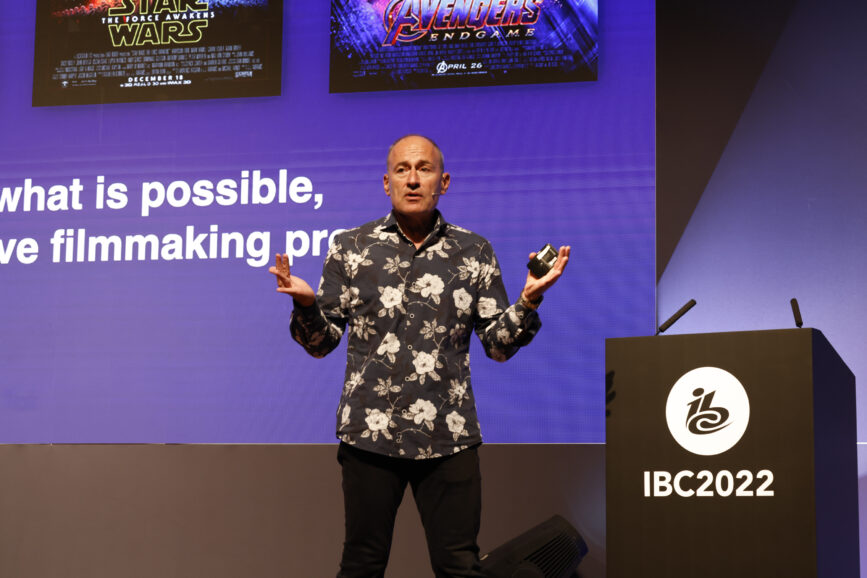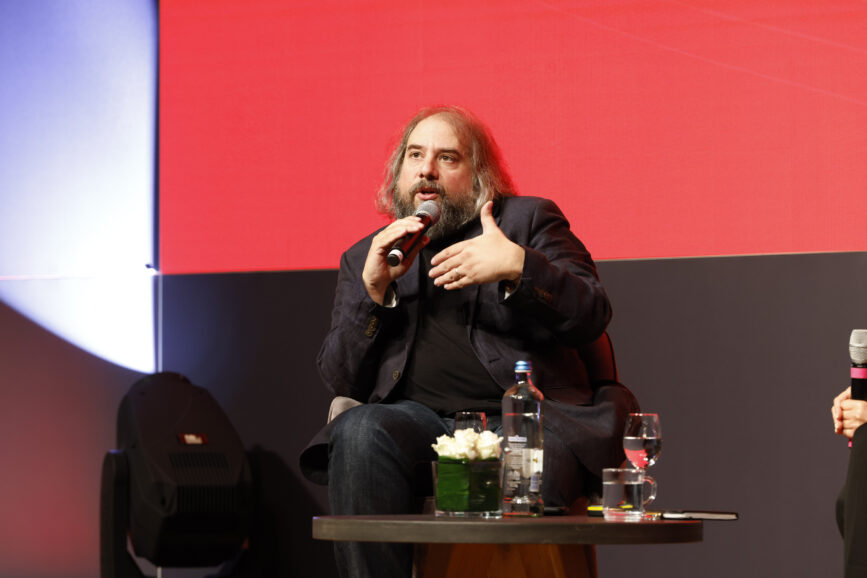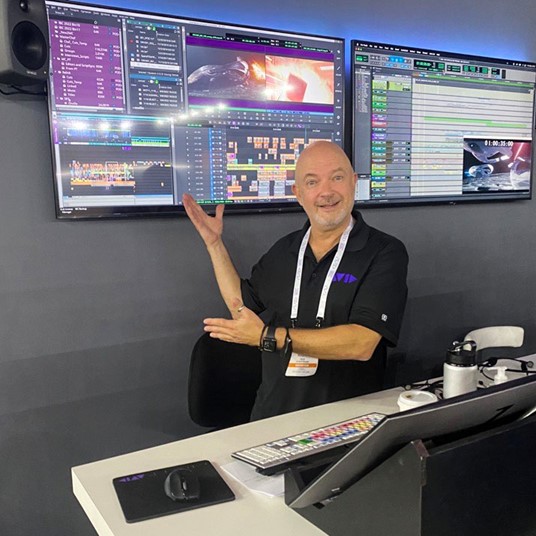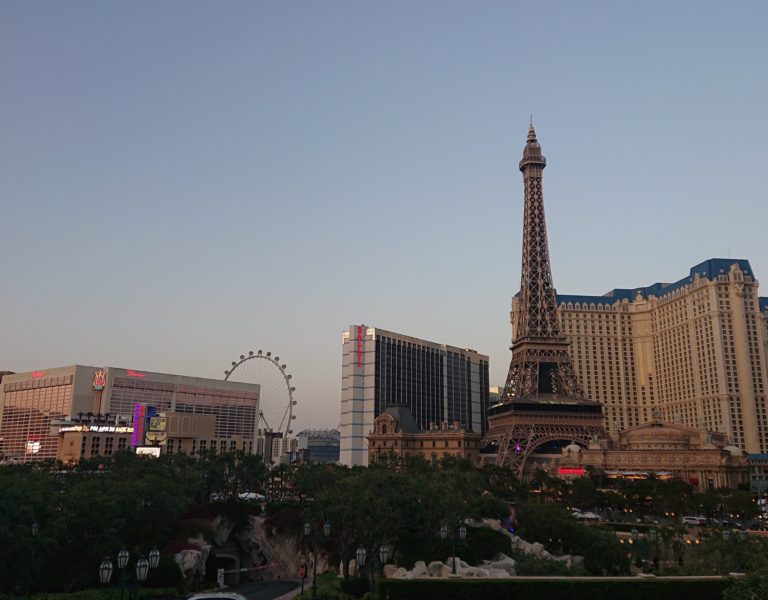A lot may have changed over the past three years but IBC’s status as Europe’s premier media and technology show remains intact, as the show’s autumn 2022 edition proves.
After a hiatus of three years, the European media and technology community was able to reconvene in beautiful Amsterdam for meetings, networking and exploration of industry trends. It may have been a smaller show at the RAI convention centre with 37,000 visitors – 20,000 less than pre-pandemic highs – but attendees were glad to be back in 3D, not Zoom. The sentiment seemed to be that you don’t know what you missed until it’s gone.

AI as a creative tool
In a keynote address, Walt Disney Studios explained how rapid progress in artificial intelligence is already disrupting many aspects of the traditional filmmaking process both for live action and animation.
“AI is truly profoundly transforming the way you produce movies,” said Markus Gross, the Studios’ chief scientist. “We want to use AI and deep learning to create animated characters that are truly art directable in real time.”
The technology could eventually enable directors to give verbal instructions to CG characters about how to walk or which way to move in much the same way text to image engines like DALL-E-2 operate today.
Another popular presentation focussed on the work done by Accenture Song for Netflix Stranger Things season four, specifically around the VFX work to bring the main antagonist, Vecna to life on-screen. This was all done manually with VFX Supervisor Juri Stanossek, highlighting the painstaking nature of each stage: “You are using all the experience you have to add realistic fire to a moving character because everything is different when the character is moving.”

Editing masterclass
A highlight of the IBC conference was an editing masterclass from Paul Machliss ACE, who walked the audience through his early career to his most recent collaboration with director Edgar Wright.
Born in Melbourne, Machliss first visited IBC in the late nineties working for a post-production company after which he stayed on in London, met budding director Wright and together they worked on comedy series Spaced leading to features Scott Pilgrim vs. the World and Last Night in Soho.
“With every film Edgar tries to challenge what’s possible in cinema and in editorial too,” Machliss told IBC. “Everything we did with Baby Driver [in terms of synchronising action to music], we tried to take one step further on Last Night in Soho.”
Machliss shared how his approach to editing had a major impact during the shooting of Baby Driver and resulted in the design of a portable edit system which allowed him complete freedom to locate himself anywhere on the film set.
Of his latest project, the DC Comics feature for Warner Bros The Flash, directed by Andy Muschietti starring Ezra Miller, he said: “We’re going to be utilising some very new technology in terms of getting multiple versions of the same actor on screen. It’s going to be worth the wait because it looks fantastic.”

Transitioning into the cloud
Many of the tech developments were about further transitioning facility workflows into the cloud. That could soon include the full DI if a new solution from AWS works as well as they believe. “We have achieved the ‘over-the-shoulder feel’ for uncompromised live reference grade monitoring in the cloud,” explained Katrina King, Content Production M&E, AWS.
The solution, tested with FilmLight’s Baselight grading system, uses JPEG-XS to lightly compress pictures at 444 12-bit with a latency suitable for interactive working.
“It is visually lossless,” reported Peter Postma, MD, FilmLight. “You don’t see any artefacts and the creative decision making is seamless.”
AWS will release the application in November and wants other workflows requiring reference grade monitoring such as compositing to use it.
Studio-funded thinktank MovieLabs provided updates to its 2030 Vision for the industry to migrate all production workflows to the cloud. CTOs from Marvel Studios, Universal, Sony, Paramount and Warner. Bros were all present to affirm that the strategy is on track.
EVP, Global Production & Studio Technology at Paramount, Anthony Guarino, said Vision 2030 “has been a major influencing factor” on how the company is approaching production technology globally.

Adobe had a presence on over 100 IBC exhibition stands, many of them highlighting the ability to work with software in the cloud. For instance, there were numerous camera to cloud demos with companies including Atomos, Teradek and Mo-Sys. Frame.io, now integrated with Premiere Pro and After Effects and included with Creative Cloud membership, now enables file sharing and real-time review and approval.
Avid returned to Amsterdam with cloud-enabled solutions for remote working. It debuted NEXIS | EDGE, a software that provides editors with the same media access, workflow, and user experience they have come to depend on from Avid in facility environments. There was a technology preview of high-resolution Media Composer streams to Microsoft Teams, achieving what Avid called a “third monitor” experience intended to accelerate content review by creatives.

RED Digital Camera demonstrated a means to capture 8K 16-bit Original Camera Files (OCF) direct to cloud for instant on-set or remote editorial collaboration. A live stream of 8K captured content is also seen as a breakthrough for virtual reality 180-degree experiences.
“It makes no sense to watch a flat image when you’re shooting immersive, so it is vital to come up with a way to feed the live camera to a headset,” said Lewis Smithingham, of global creative agency Media.Monks. “[With RED Connect] we are able to have a live monitor on set that is the same 8K resolution as the post files we deliver.”
He added, “The entire immersive experience from capture to delivery has changed so rapidly in the last six months, it is staggering.”


















